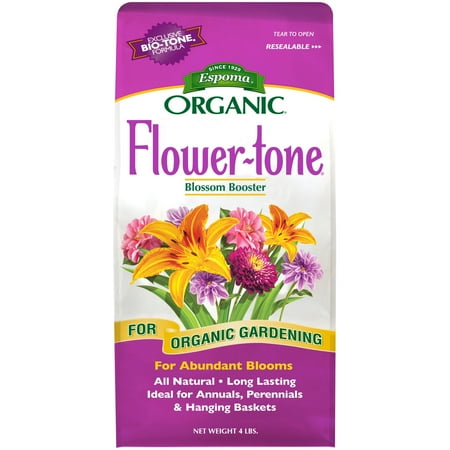How to grow mandevilla in pots – and elevate your outside space with impactful tropical flowers this summer
Learning how to grow mandevilla in pots will add a colorful and vertical accent to any size plot
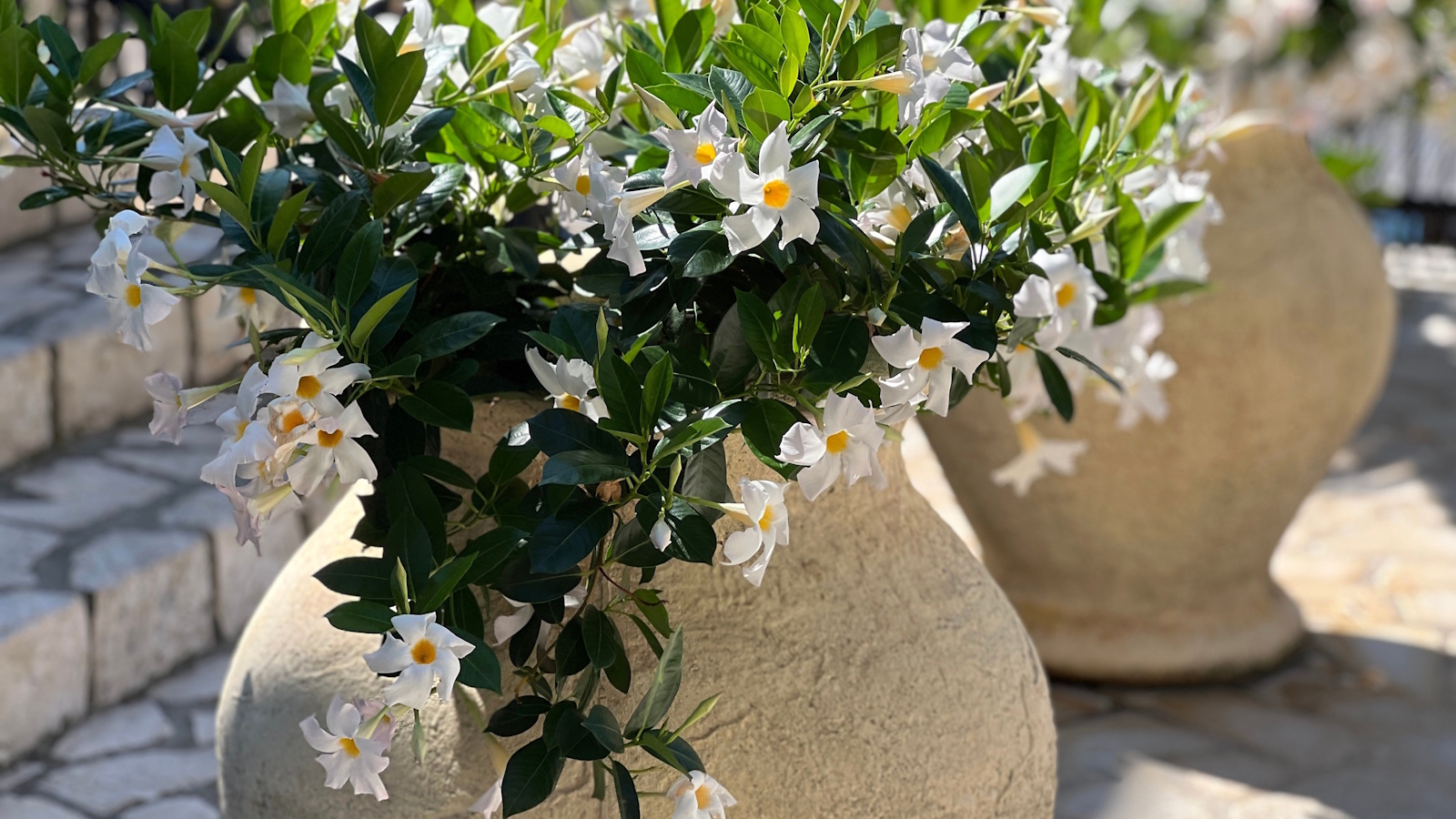

If, like me, you live in a cooler region, you might think that growing mandevilla is out of the realm of the possible. After all, mandevilla is native to the hot and humid regions of the Americas, and does not enjoy sudden drops in temperature. However, learning how to grow mandevilla in pots makes this tropical perennial a possibility for anyone.
There are two mandevilla options to consider: mounding, with a shrub-like appearance, or vining, typically cascading over structures or trellises. In small yards, such as narrow town gardens or balconies, growing upwards and filling vertical surfaces or structures might be your best bet, but either of these two options will look impactful.
So, if you want to add a little wow factor to your garden this year, learning how to grow mandevilla in pots is a must. I spoke with a tropical plant expert from Florida about how to get the most out of these sun-loving plants.
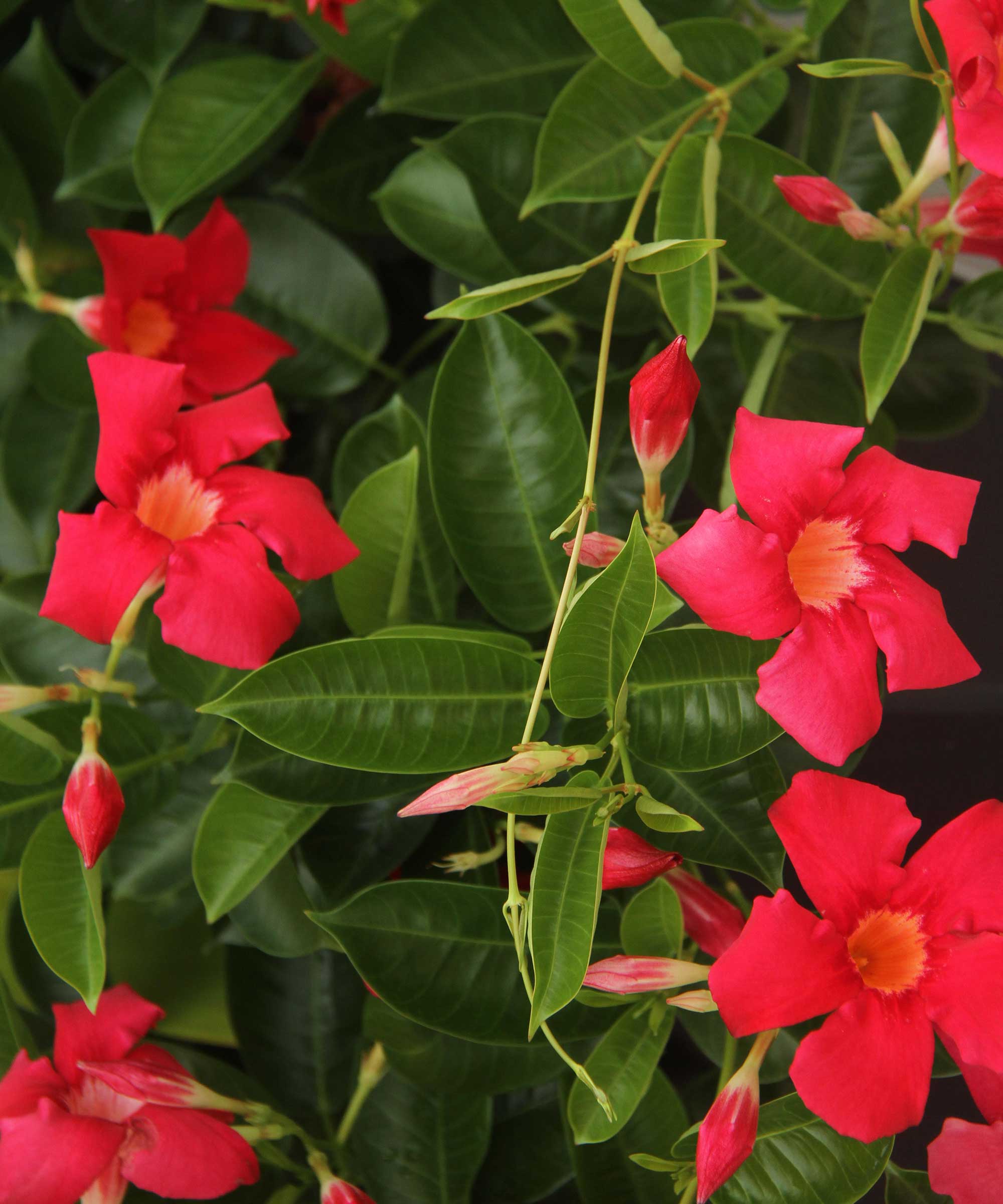
How to grow mandevilla in pots
For joyful gardening ideas in small spaces, growing mandevilla is a surefire way to lift any space.
While they do have specific growing needs in terms of heat and humidity, when placed in a suitable spot, these perennials will provide non-stop color for much of the summer.
Growing advice for mandevilla plant in pots
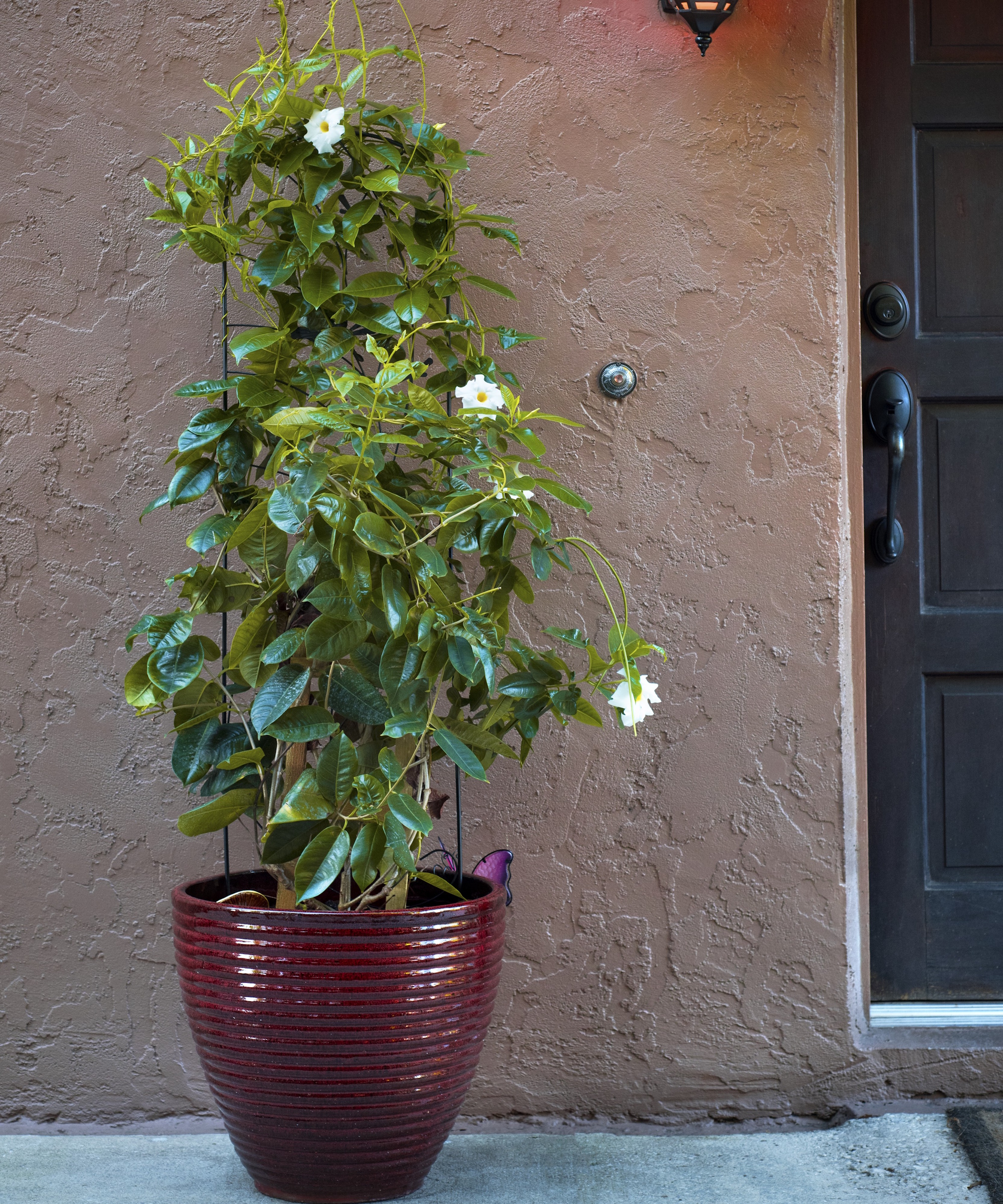
'Mandevilla grows beautifully in containers, making it a great option for cooler climates such as US hardiness zone 7 and below, where they can be brought indoors for winter,' says Tatiana Anderson, plant expert and co-founder of Top Tropicals.
Mandevilla live plants are available to order from Amazon.
Design expertise in your inbox – from inspiring decorating ideas and beautiful celebrity homes to practical gardening advice and shopping round-ups.
'To begin, choose a pot at least 12 to 16 inches in diameter, with several drainage holes,' Tatiana adds. 'Before filling the pot with soil, find the best position in your yard, ideally somewhere sheltered and sunny, with at least six to eight hours of direct sun each day to improve flower production.
'These tropical garden plants do not enjoy having their roots in waterlogged soil, so use a well-draining potting mix with added perlite for aeration. In fact, to improve drainage, you can use a mix of fertile garden compost, sand and grit,' Tatiana says.
For flowering climber varieties, you must provide a structure to support the plant. Use something like this heavy-duty metal obelisk, available from Amazon, which will look impressive both in winter and during the growing season when it is covered in foliage and flowers.

Tatiana Anderson is the co-owner and co-founder of Top Tropicals, based in Fort Myers, Florida. Top Tropicals grow and sell a whole range of flowering and fruiting tropical plants.
Ongoing care for mandevilla grown in pots
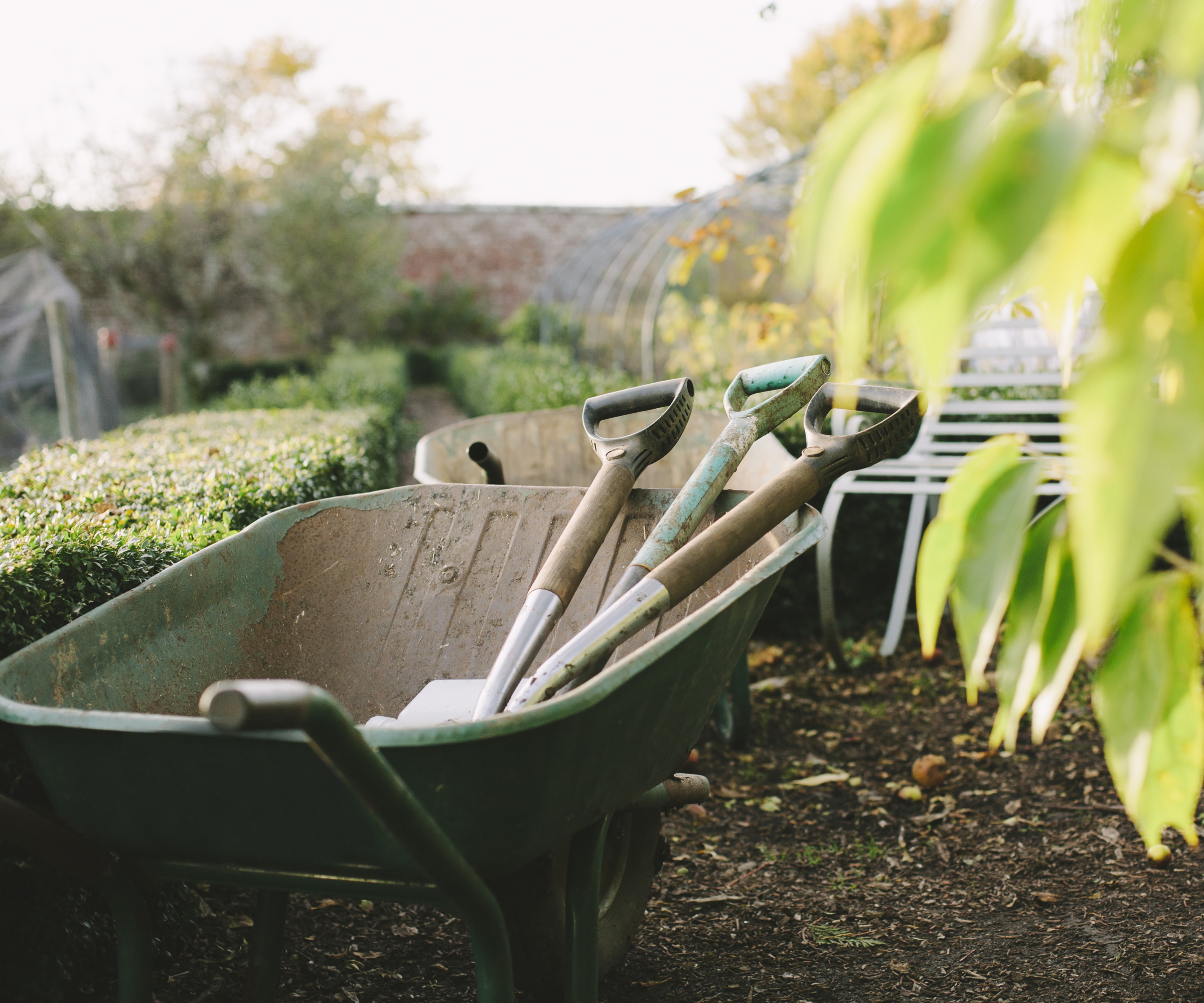
'Only water mandevillas when the top inch of soil feels dry, avoiding overly damp conditions,' Tatiana says. 'You don't want the soil to dry out entirely, but deep watering once or twice a week in summer will prove effective.'
Grouping pots can also help to improve the humidity, which - as rainforest plants - many mandevilla species enjoy. Clusters of odd numbers look best, so aim for groups of three or five pots in garden corners.
'They are hungry plants and can be fed once every two to four weeks during the growing season, using a balanced, water-soluble fertilizer high in phosphorus (such as 10-30-10) to encourage more blooms.'
Try this Dr Earth organic bloom booster feed, available from Walmart.
'Regular deadheading and light pruning after flowers fade will also help to promote new growth and continuous flowering,' Tatiana says.
'Towards the end of the growing season, gardeners residing in cooler regions should move potted mandevilla specimens indoors to a bright, cool location, ideally with a consistent temperature of 50 to 60°F (10 to 15°C).'
When you overwinter mandevilla indoors, reduce watering to once a month or as necessary, and stop fertilizing entirely. You can bring your pot back outdoors the following spring when there is no longer any risk of frost.
'Repot mandevilla plants every three years,' Tatiana advises. 'This is best done in early spring before active growth begins, refreshing the soil and upgrading to a slightly larger container if needed.'
Mandevilla varieties to grow in pots
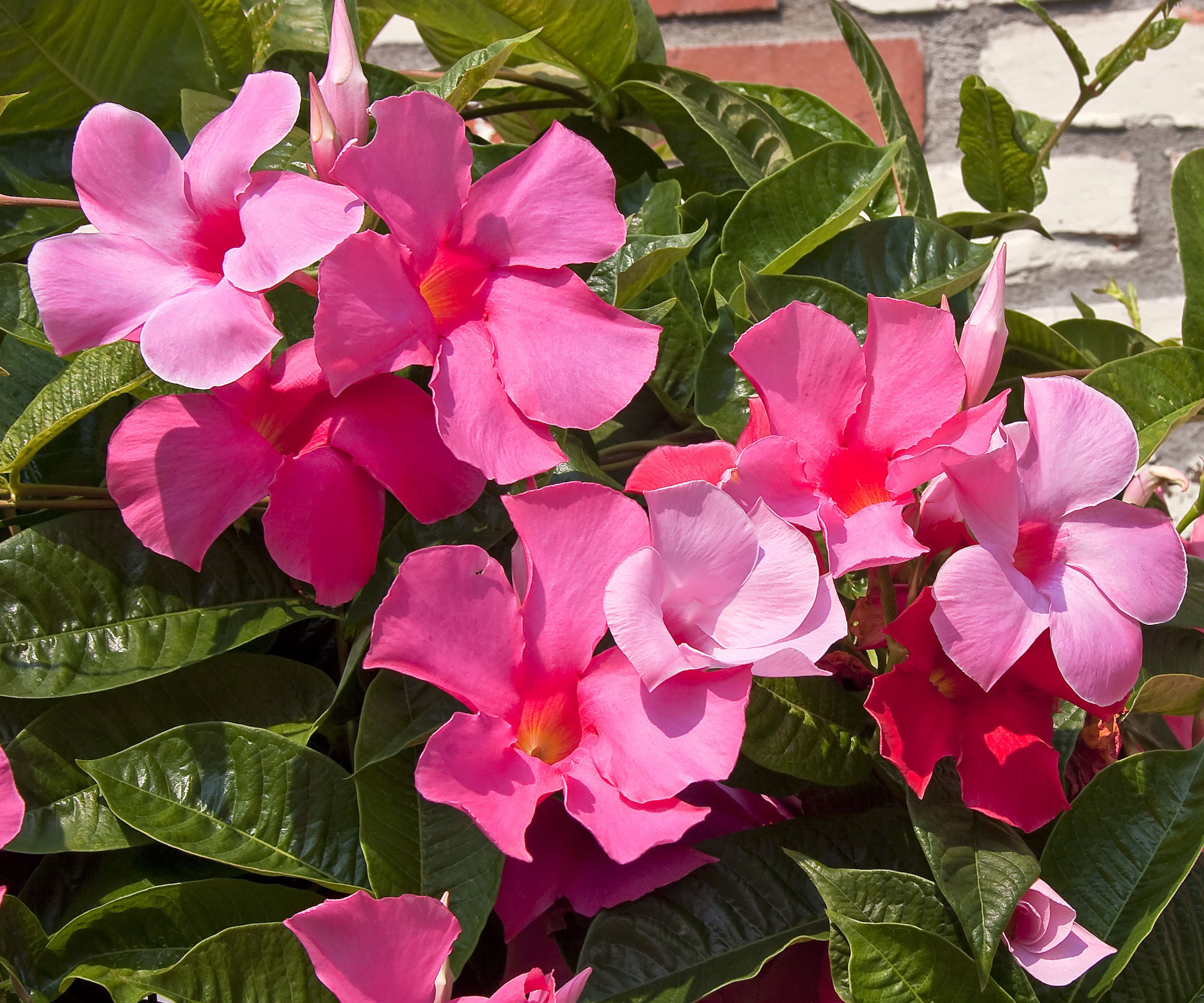
There are approximately 160 species of these tropical plants, native to the equatorial regions of the Americas. Whether you enjoy red, pink, yellow or white flowers, you are sure to find a mandevilla to suit your tastes.
'Here in Florida, the pink 'Alice du Pont' variety performs exceptionally well in pots, thriving in the heat and humidity while providing season-long blooms,' Tatiana says.
Live 'Alice du Pont' mandevilla plants are available to order from Amazon.
'Another compact option is the ‘Sun Parasol’ series, with deep red, pink, or white blooms that are ideal for container culture in small spaces.'
Try this yellow 'Sun Parasol' mandevilla, with live plants available from Amazon, producing two to three-inch golden blooms to illuminate your pot displays.
FAQs
Is mandevilla toxic to cats and dogs?
Yes, mandevillas are considered poisonous plants that are toxic to people and pets. The sap can irritate the skin, so be sure to wear gardening gloves when pruning and planting them. Keep an eye on pets and children when out playing in the yard, particularly when the flowers drop.
'Mandevilla is relatively pest-resistant but can attract aphids, spider mites and whiteflies,' Tatiana says. 'Keep an eye on your plants during summer, and if you see white insects on the leaves, you can either spray with a hose or use an organic neem oil solution. Alternatively, learn how to attract ladybugs to your yard and encourage beneficial insects to control pests naturally.'
Shop mandevilla planting essentials

Thomas is a Content Editor within the Gardens Team at Homes and Gardens. He has worked as a professional gardener for both public spaces and private estates, specializing in productive gardening, growing food and flowers. Trained in Horticulture at the Garden Museum, he has written on gardening and garden history for various publications, including The English Garden, Gardens Illustrated, Hortus, The London Gardener and Bloom. He has co-authored a Lonely Planet travel book, The Tree Atlas, due out in 2024.

